The Great Mona Lisa Heist: A Tale of Cultural Awakening
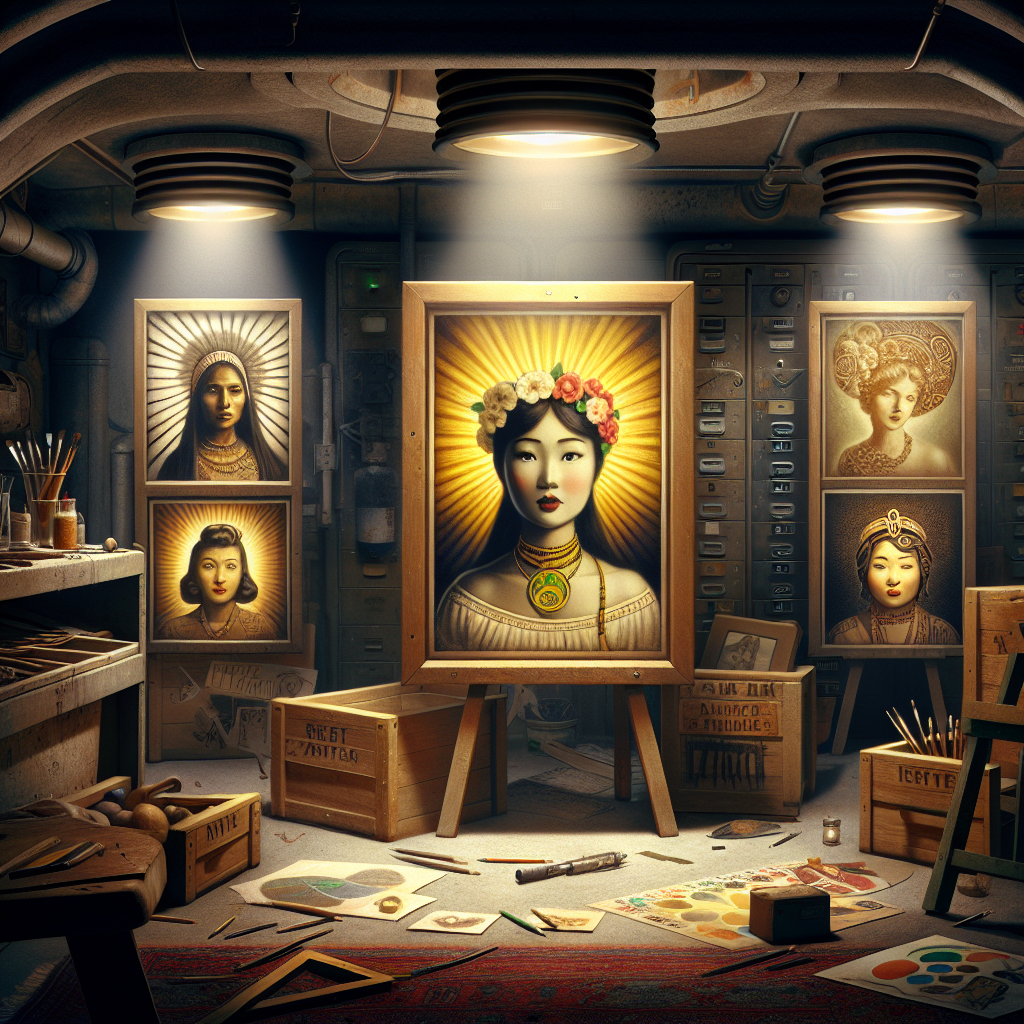
In a twist that sounds like it’s straight out of a blockbuster heist movie, the world’s most famous painting, the Mona Lisa, vanished without a trace from the Louvre Museum in France. The theft, which occurred over a century ago, not only captivated the world but also inadvertently catapulted the Mona Lisa to global stardom. But what if I told you that in a recent, audacious heist, not one but four versions of the Mona Lisa were discovered in a hidden atomic shelter belonging to a wealthy individual? Each version represented a different culture: American Indian, European, African, and Chinese. This discovery not only challenges our perceptions of art and culture but also sends a powerful message about the importance of cultural diversity and respect.
The Discovery
In an unexpected turn of events, investigators stumbled upon a hidden atomic shelter near the lavish estate of eccentric billionaire and art aficionado, Maximilian Von Habsburg. Inside, they found not the original Mona Lisa, but four culturally diverse renditions of the iconic painting. Each version was a masterful representation of the Mona Lisa, yet depicted with features and attire characteristic of American Indian, European, African, and Chinese cultures.
The Cultural Significance
The discovery of these paintings sends a profound message about the universality of art and its ability to transcend cultural boundaries. It reminds us that while we may come from different backgrounds, there is more that unites us than divides us. Art, in its many forms, serves as a bridge between cultures, fostering understanding and respect.
American Indian Mona Lisa
The American Indian Mona Lisa is adorned with traditional Native American attire, her gaze as enigmatic as ever. This version celebrates the rich heritage and history of the Native American people, often overlooked in mainstream art history.
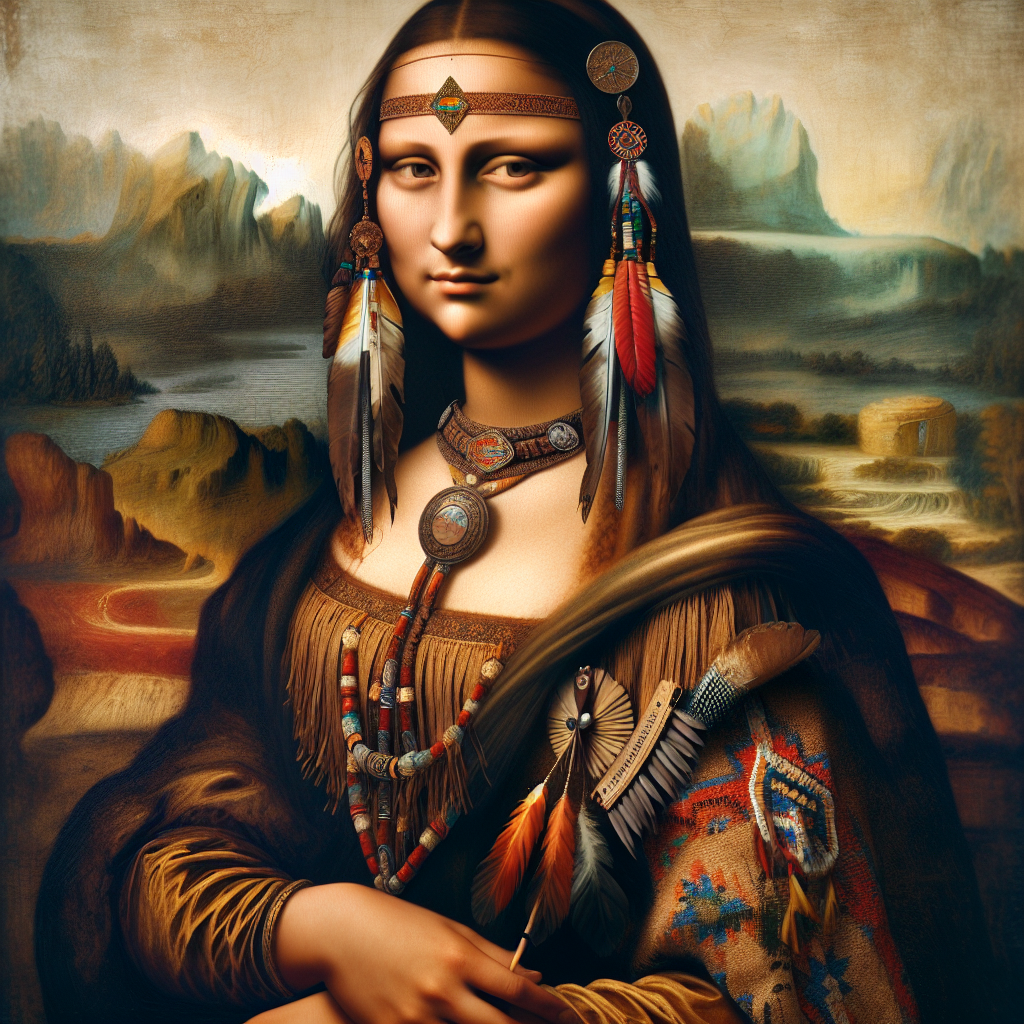
European Mona Lisa
The European Mona Lisa, closest to Da Vinci’s original, serves as a reminder of the painting’s roots and the enduring legacy of Renaissance art. It symbolizes the continuity of artistic tradition and the timeless appeal of the Mona Lisa.
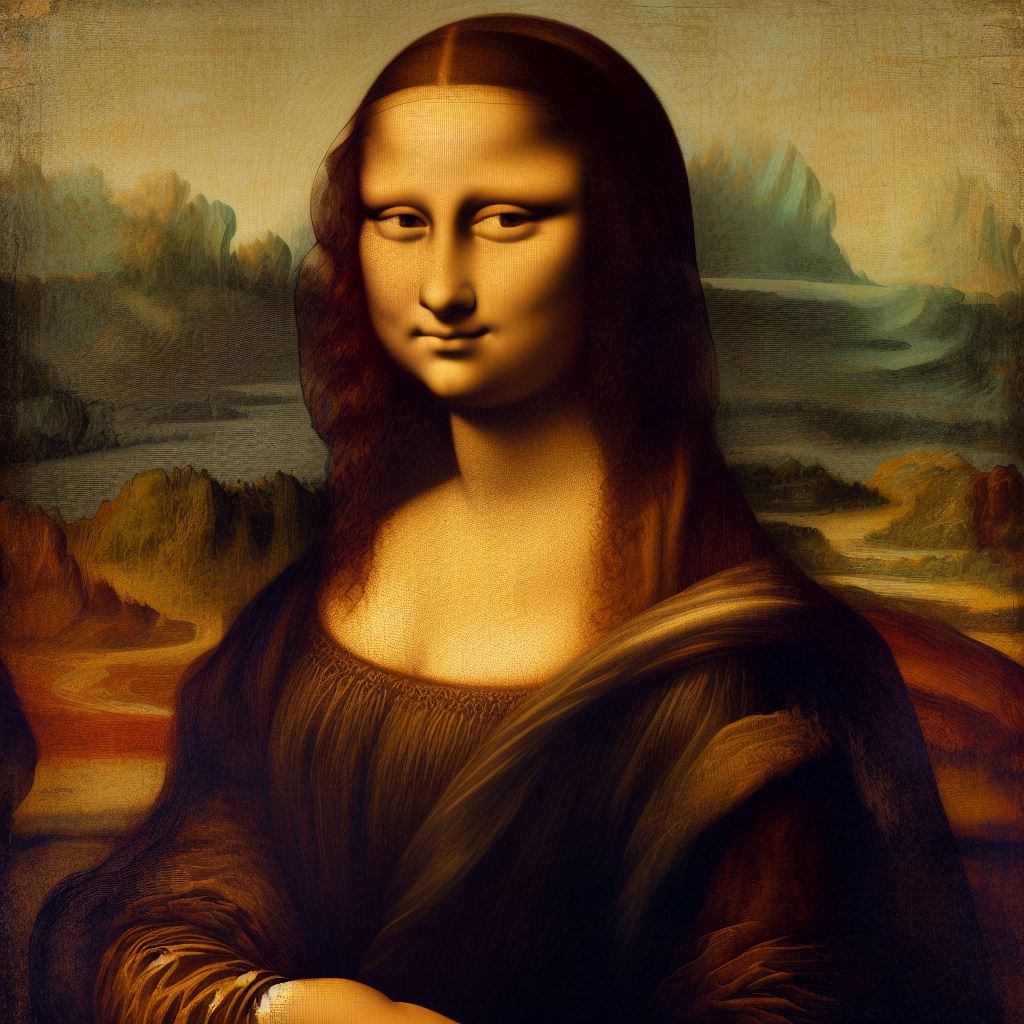
African Mona Lisa
With features and attire that pay homage to the diverse cultures of the African continent, the African Mona Lisa challenges conventional representations of beauty and art. It highlights the importance of inclusivity and representation in the art world.
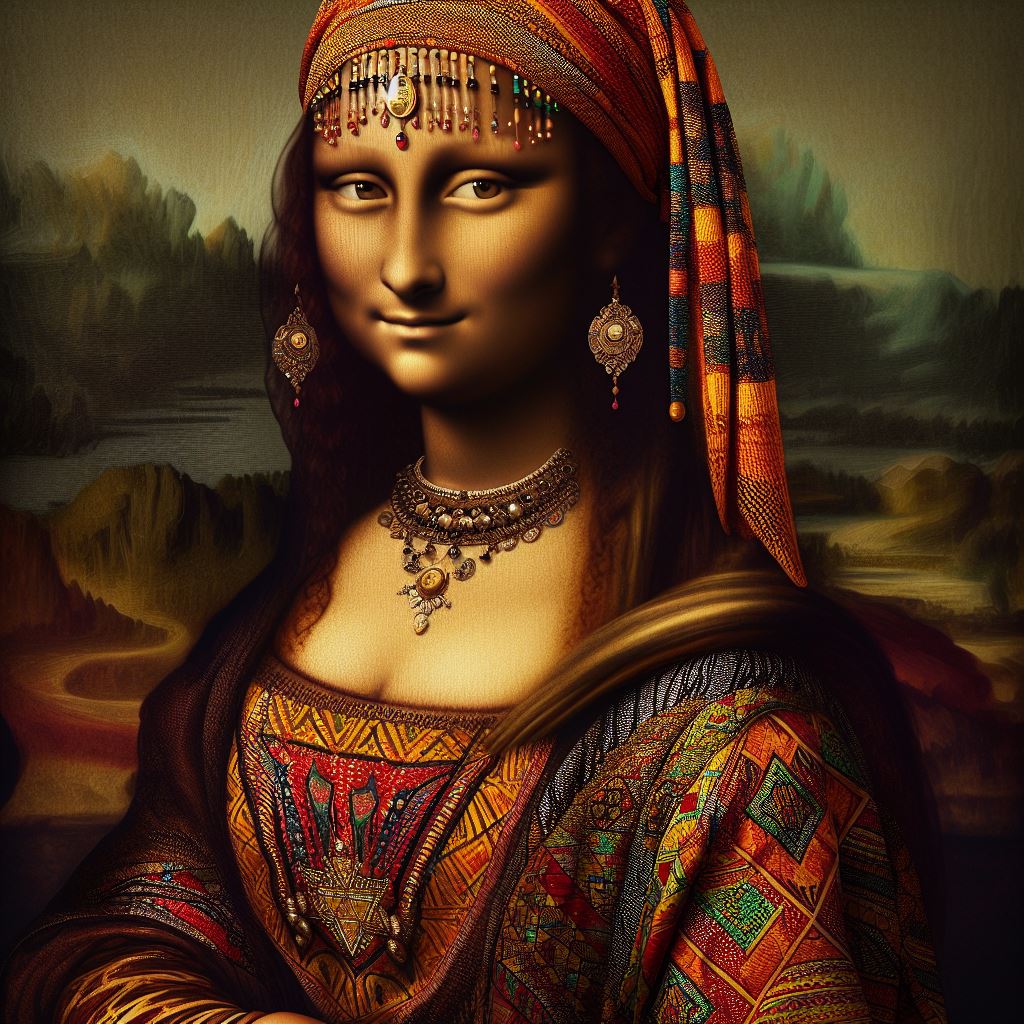
Asian Mona Lisa
The Asian Mona Lisa, dressed in traditional Chinese garments and with subtle features reflecting Chinese beauty standards, underscores the global influence of the Mona Lisa. It illustrates how art can be reinterpreted and embraced by different cultures around the globe.
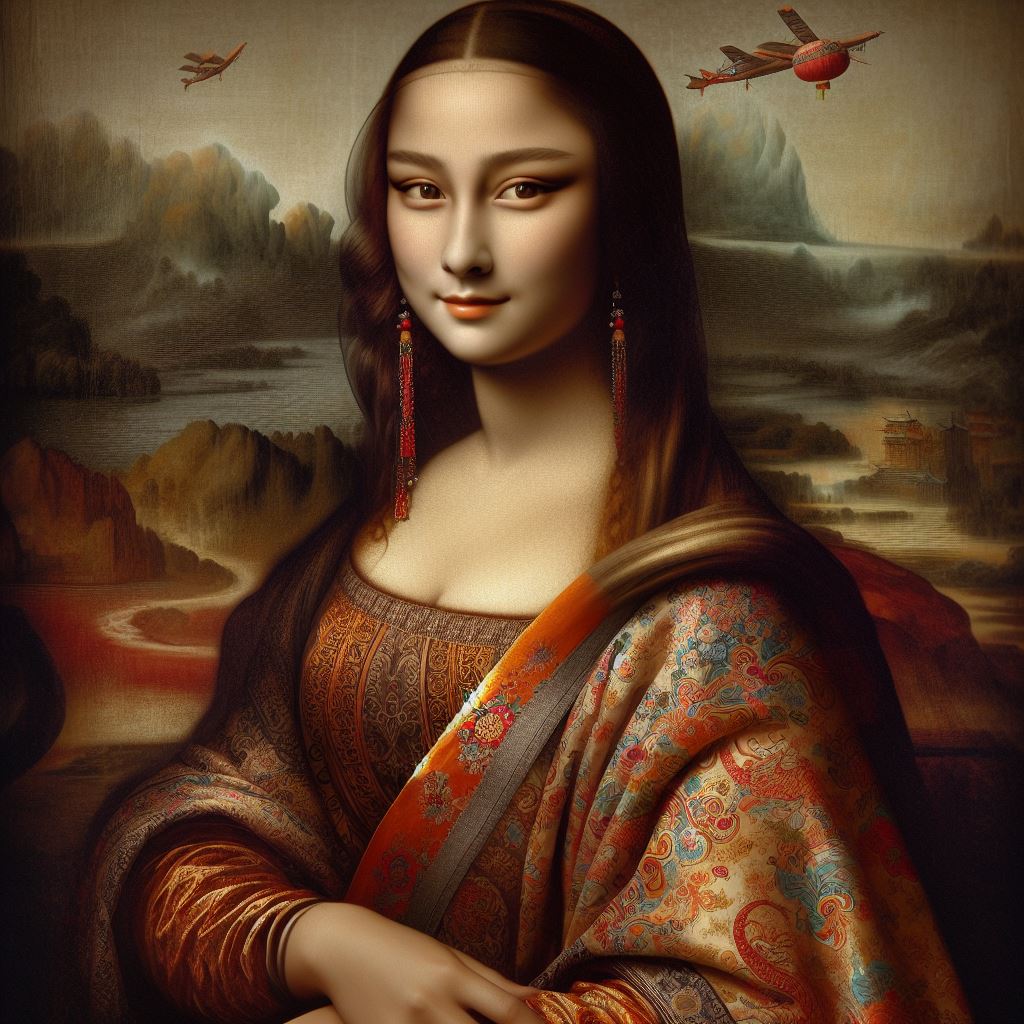
The Message
The discovery of these culturally diverse Mona Lisas serves as a powerful reminder that art knows no boundaries. It underscores the importance of respecting and celebrating cultural diversity, not as a trend but as a fundamental aspect of our shared humanity. In a world that often focuses on our differences, these paintings remind us of the beauty in diversity and the potential for art to bring us together. In the end, the great Mona Lisa heist of Maximilian Von Habsburg wasn’t just about the theft of a priceless piece of art. It was a catalyst for a broader conversation about cultural appreciation, diversity, and the universal language of art. As we marvel at these four unique interpretations of the Mona Lisa, let us remember the importance of embracing and celebrating all cultures with the respect and admiration they deserve.